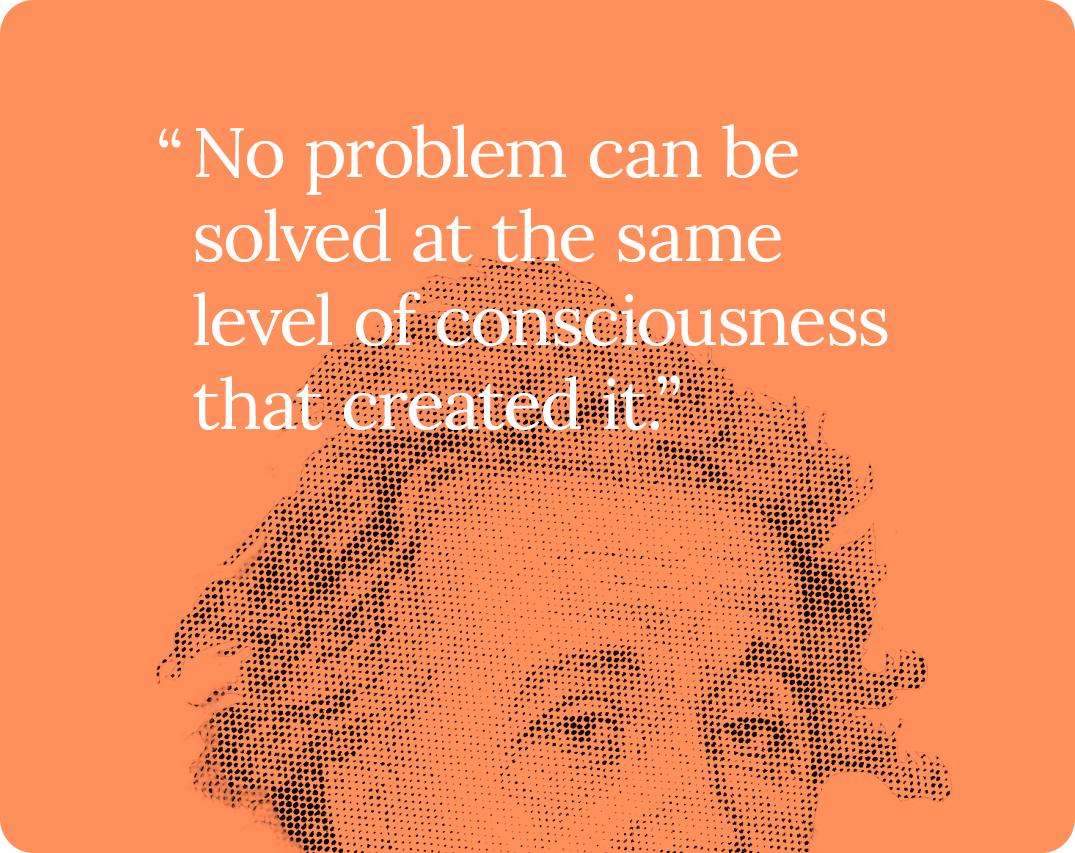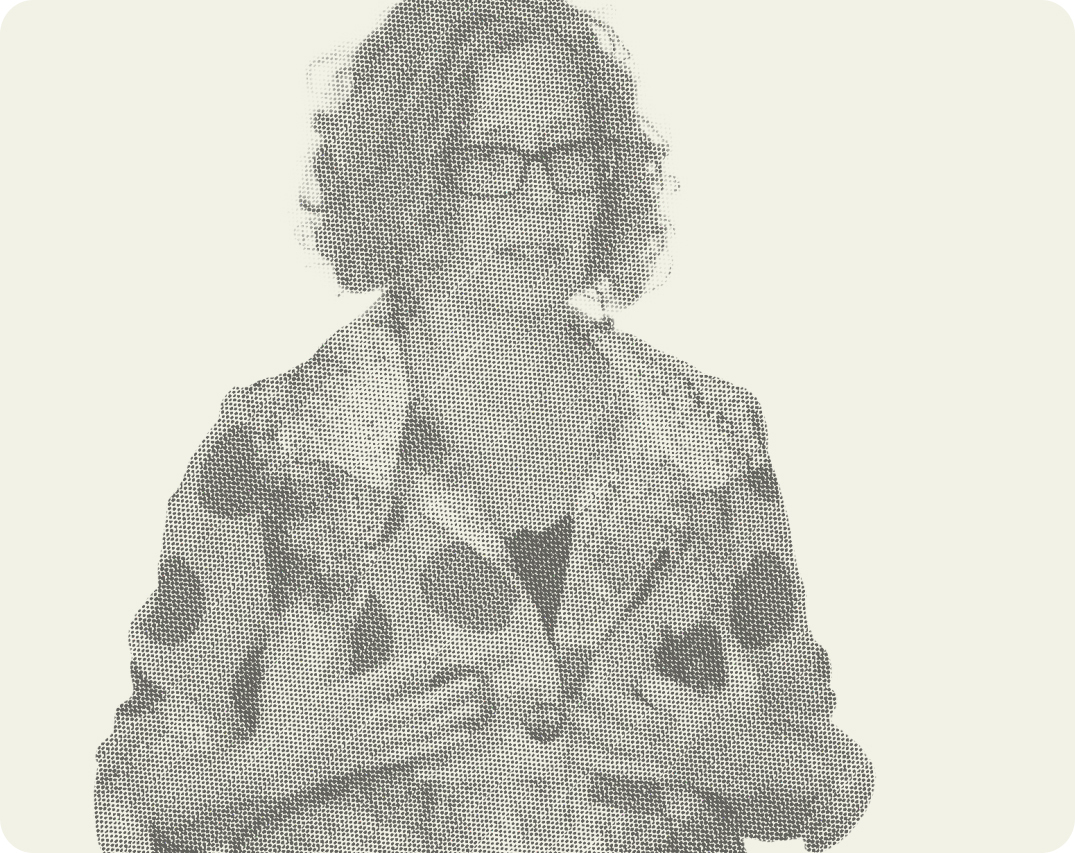Trauma is everywhere. It’s in our personal lives, our workplaces, our communities, our society. It’s also a hot topic, a buzzword that often gets tossed around without a deep understanding of what it truly means to be trauma-informed. And if you’re asking yourself, ‘Well, yeah… what does that mean?’ let us be clear: being trauma-informed is not the same as doing trauma-processing work. However, to be trauma-informed, it is essential to understand how trauma operates so we can recognize its impact without unintentionally causing harm or overstepping our expertise. This blog will give you a tiny taste into the frameworks that are important for understanding trauma, and should be used as a tool to guide your thinking, not as a “how-to” manual.
As humans it is our responsibility to care for ourselves and each other. We are leaders, learners, coaches and practitioners and our presence in spaces like organizations, communities, and families matters. In the simplest manner, being trauma-informed allows us to navigate the world with greater compassion and awareness—both for ourselves and for the collective.
So let’s get into trauma, why the heck is everyone talking about it and why it demands our attention.
Trauma is More Than Just an Event
Imagine opening your refrigerator and finding only leftovers. Day after day, you eat the same old meals, never experiencing a fresh dish. Over time, some of the food begins to rot, clouding the space with a stale, unappetizing scent. This is what unprocessed traumatic experiences do to us. They linger, stagnate, and affect both our present and future. We move forward carrying a heavy load with us.
Trauma is not just an event that happened in the past — it is the unprocessed material left over from overwhelming experiences. If we don’t properly tend to it, it becomes embedded in our bodies, minds, and behaviors, shaping our responses to life in ways we may not even realize. In effect then, we relive the past over and over instead of designing a new future.
This is true for individuals, families, teams, organizational cultures and societies:
- For individuals – Chronic stress, anxiety, depression, relationship struggles, and physical symptoms.
- For families – Unconscious patterns repeating across generations.
- For teams & organizations – Toxic cultures, unresolved conflicts, and stagnation.
- For societies – History repeating itself in cycles of violence, oppression, and division.
At every level of life, that which is undigested will reappear and call again for healing and restoration. It’s a promise.
For us to truly engage in trauma healing work, we must move through three stages:
- Building Resources & Capacity – Creating an inner foundation of stability and support so that we can approach trauma work without becoming overwhelmed.
- Processing Trauma – Engaging with and metabolizing past experiences in a way that allows us to release what has been stuck.
- Integration – Practicing and embodying the gains we have made so that we are not endlessly cycling through processing without real change.
Each of these steps is essential. Attempting to process trauma without proper resources can lead to re-traumatization. Likewise, constantly processing without integrating can become an addiction to emotional excavation rather than true healing.
Building Resources & Capacity
This is the area where we all can really sink our teeth into. Good trauma-informed resourcing work will address, among other things, self-regulation and co-regulation. We first learn to regulate through our caregivers and social environment. However, trauma can disrupt these foundational abilities, making it difficult to manage emotions and bodily responses effectively.
“The best gift you can give another person is a well regulated nervous system.” – Unknown source
For anyone aspiring to practice as a trauma-informed coach or leader, we must have practices for both co-regulation and self-regulation. Without them, we can not provide the kind of limbic resonance and repair needed for our clients or constituents to find new footing from which to act.
By developing inner resources, we create a stable foundation from which to process trauma safely. This stage is not a one-time task, but an ongoing practice that supports healing at every stage.
Essential Resourcing Practices
- Somatic Awareness & Centering Techniques – Practices that help reconnect the body and mind, such as deep breathing, grounding exercises, and mindfulness.
- Developing a Sense of Self – Inspired by frameworks like Internal Family Systems (IFS) and Gestalt therapy, this involves strengthening the connection to an internal core self. I’d like to acknowledge that, for example, Buddhist psychology does not posit an essential self. This idea of self is a western construct. That said, given I am and likely you are operating within a western framework, supporting people to have a sense of “self” matters.
- True Refuge & Coherence – From Buddhist Teachings and trauma specialists like Thomas Hubl, the ability to find an inner refuge of stability can help dissolve incoherence. As Dr. Joe Dispenza and my teacher Lynda Casaera say, all incoherence will dissolve in a coherent field. A trauma-informed practitioner provides such coherence in support of the digestion and integration of the incoherence of trauma.
- Ceremony & Ritual – Cultural and spiritual traditions have long used ceremonies to create meaning, structure, and coherence for individuals and communities.
- Engaging the Senses – Noticing body movements, sounds (humming, rocking), and sensory experiences can regulate the nervous system.
- Connection to Larger Fields – Nature, ancestors, and elements can serve as stabilizing forces when we cultivate a felt connection to them.
Processing Trauma
Once we have built internal resources, we can begin the process of trauma engagement. The key is titration—the ability to work with trauma in small, digestible pieces. This stage is delicate, requiring careful pacing to avoid emotional flooding—and should be held by trained professionals. Attempting to process trauma without proper training can lead to harm, not healing.
Some Practices in Safe Trauma Processing (Not for DIY!):
- Titration & Pendulation – Encouraging small doses of trauma engagement, moving between discomfort and safety.
- Volume Control – Helping individuals increase or decrease the intensity of their emotional experience.
- Space & Time Awareness – Recognizing how trauma locks past experiences into the present and learning to differentiate between the two.
- Completing Unfinished Responses – Using somatic techniques to complete previously blocked survival responses (fight, flight, freeze).
- Grounding & Support Practices – Holding a physical tether, like a hand squeeze, to maintain connection during difficult waves.
Integration
Healing is not just about understanding or processing trauma; it is also about integrating the work so that it becomes embodied wisdom. Without integration, we risk getting stuck in cycles of processing without truly healing. It is what transforms trauma work from an endless loop of excavation into meaningful, lasting change. Some examples include:
- Pausing Between Processing Sessions – Avoiding the urge to constantly dig into trauma without giving the system time to recover.
- Practicing & Embodying Gains – Bringing new awareness into daily life through mindfulness, movement, and behavioral shifts.
- Recognizing Trauma Processing as a Cycle – Resourcing, processing, and integrating should be repeated, not rushed.
- Understanding the Practitioner’s Role – Clear contracting, knowing one’s limits, going at the pace of the client, and setting boundaries are key to ethical trauma work.
Integration is the bridge between past trauma and a liberated future.
Recognizing Trauma-Based Coping in Society
2+2=4. If we zoom out from the personal domain to the interpersonal and collective domains, we can begin to understand why it’s pertinent that we pay attention to trauma. Unprocessed trauma shapes not only individuals but also societies.
There are many moves we humans make that are enacting trauma. Some of these moves or expressions are also mechanisms for coping with trauma once we have experienced it. Traumatized humans are both practicing trauma-based coping and living, enacting trauma, and perpetuating trauma, until we stop. Here is a list of behaviors to notice in ourselves and in our clients that are indicators of living within a traumatized culture:
- Minimization (could be coping)
- Dissociation (could be coping)
- An a-historical lens personally and collectively
- A decontextualized sense of self
- Urgent pacing without any down shifting
- Continued movement
- Yang leadership without healthy Yin
- Silence (could be coping) not to be confused with quiet and stillness
- Constant noise (could be coping)
- Numbing and practicing numbing (could be coping)
- Isolation
- The enactment of colonization
- Over stimulation
- Objectification of self and other
- Identity-based on things and achievements
- As David Brooks calls it hyper individualism. As Jen and Gina would call it, the cult of I, me and mine
- A culture of help (this is othering masquerading as support)
- Situational and personal ethics instead of shared ethical values
- Greed, hatred, and delusion and all other conditioned mind states based on separation
- Not knowing who we really are and not knowing our place in relation to the rest of life
- Power over
- Extractive consumption
- Productivity over health
- The marginalization of heart and soul and emotion
- Bodies as tools for others to use in all kinds of ways
- Profit over all else
We have the power to unwind from these patterns and create real change.
Life is original movement, flow. Life is the soul consciousness remembering itself through form. We come into separation to remember unity. Trauma is the interruption of that flow of movement, our life force, the life force moving through us and all of life. When life force is interrupted and movements are unfulfilled, stagnation occurs. This takes all kinds of forms in a human psyche, human body, in our collective bodies and in the earth body.
Moments where flow can get interrupted:
- Coming through the birth door. This can be quite traumatic for both mother and child.
- Original early developmental movements. Thwarted, exploited or allowed to flow: Reaching, grabbing, pulling, pushing, yielding/letting go.
- Our attachment with another creates flow or interrupts the flow of an inter-related life. This attachment pattern forms in part through how those original developmental movements are responded to by another; healthy attachment, avoidant attachment, anxious attachment, disorganized attachment. There are a few other names offered by others. These came from Dan Siegal’s book Mindsight.
- Developmental milestones; moved through or arrested. Traumatic events like accidents, surgeries or medical incidents, being attacked or violated, natural disasters, war, racism, divorce, death in families can all impact how we navigate milestones and are traumas that live in us until metabolized. They start to be layers of developmental arrest and trauma combining.
- Our armouring becomes our shield, a hard crust covering and protecting the soft bread of our flesh and our hearts.
- Habits of thought that become eddies we then erect towers of identity around.
- In larger collective traumas that have remained unacknowledged, unaddressed, unhealed.
- In traumas experienced by those that have come before us, our ancestors.
All of this (yes, even the lineage disruptions and societal ones) becomes what we call self, me. Then we set about reifying that or fixing it or bettering it all.
We are here to restore flow, unwind from the knots created through the living of life, remember what has been forgotten or obscured from view by the distortions of our conditioning, give our gifts fully, and provide love and support to our most vulnerable, ill formed parts.
When we unwind the knots, attend to the fissures, mine our own depths for our deepest knowings, we find a way home to living life on life’s terms, surrendering to the inevitable waves crashing and cresting, seeing clearly what life is and is not, and with some measure of grace, make our way to the final letting go into the everything.
Coming Home to Ourselves and Each Other
Trauma is not just an individual experience; it is woven into the fabric of our relationships, organizations, and societies. When left unaddressed, it shapes the world we live in, keeping us trapped in cycles of harm, disconnection, and unfulfilled potential. But when we choose to acknowledge, process, and integrate our experiences—when we resource ourselves and each other with care—we begin to reclaim our wholeness.
Healing is not about erasing the past or bypassing discomfort. It is about restoring flow, reconnecting with the life force that moves through us, and cultivating a deeper presence in the world. To be trauma-informed is not to have all the answers but to approach life with greater humility, compassion, and awareness.
As we unravel what has been knotted, soften what has been armored, and remember what has been forgotten, we create the possibility for something new. We move beyond survival into a fuller, more integrated existence—one where we can meet ourselves and one another with open hearts, steady hands, and the wisdom to hold both the pain and the beauty of being alive and being human.
This is our work. This is our practice. And this is the invitation: to wake up, to pay attention, and to walk this path together.
Jen Cohen is the Co-Founder of Seven Stones Leadership and a seasoned leadership coach and consultant with deep expertise in trauma-informed coaching. With over 30 years of experience, she has guided leaders through uncertainty and transformation, integrating insights from psychology, neuroscience, somatics, and systems thinking. She has designed and led programs exploring how individual and collective trauma manifests in organizations, supporting executives in fostering resilience and sustainable leadership. Jen is also a published author and faculty member at global leadership institutes, bringing a unique and multidisciplinary approach to executive coaching.




